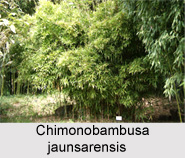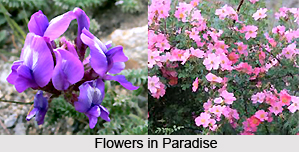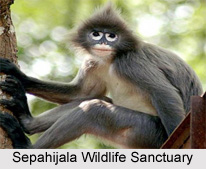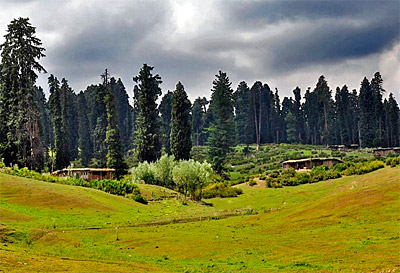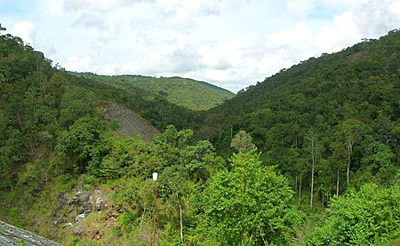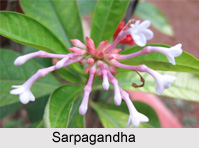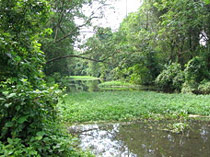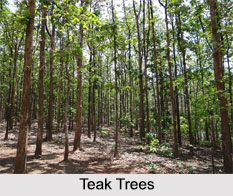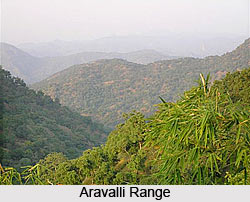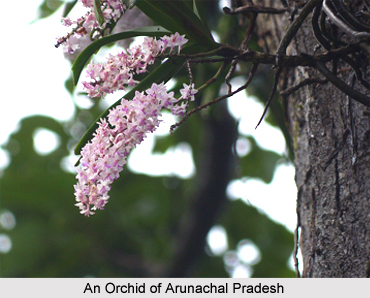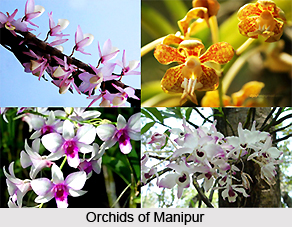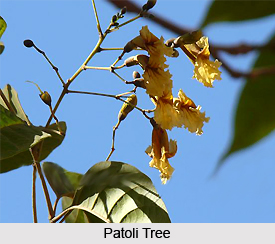 Patoli is a common Indian medicinal plant having the botanical name of Stereospermum colais (Dillwyn) Mabb. The English names of the plant are Trumpet-Flower and Yellow Snake Tree and it also has several names in different native Indian languages. In Bengali, the plant is known as Atcapali, Dharmara or Paruli; the Gujarati speaking people call it as Padeli or Patta and in Hindi; it is known as Pader, Padri, Para or Parral. The Sanskrit names of the plant are Patala and Patoli and the Marathi people know it as Kirsel, Koosga, Padal, Padoli, Parul, Padhri, Padvale and Tuatuka. The names of the plant in Tamil include Ambuvagini, Kural, Padiri, Pathiri, Pombathiri, Pompadiri, Vellaippadri, Vela-Padri and in Telugu it is known as Kalagora, Kaligottu, Kapa-Gargu, Magavepa, Pisul, Pisulu and Tagada.
Patoli is a common Indian medicinal plant having the botanical name of Stereospermum colais (Dillwyn) Mabb. The English names of the plant are Trumpet-Flower and Yellow Snake Tree and it also has several names in different native Indian languages. In Bengali, the plant is known as Atcapali, Dharmara or Paruli; the Gujarati speaking people call it as Padeli or Patta and in Hindi; it is known as Pader, Padri, Para or Parral. The Sanskrit names of the plant are Patala and Patoli and the Marathi people know it as Kirsel, Koosga, Padal, Padoli, Parul, Padhri, Padvale and Tuatuka. The names of the plant in Tamil include Ambuvagini, Kural, Padiri, Pathiri, Pombathiri, Pompadiri, Vellaippadri, Vela-Padri and in Telugu it is known as Kalagora, Kaligottu, Kapa-Gargu, Magavepa, Pisul, Pisulu and Tagada.
Patoli is a medium-sized deciduous tree having straight stems and a height of 9-18 m. The tree has spreading branches and its bark is fairly smooth, thick, and of yellowish-grey colour. The leaves of the tree are simple pinnate, having a length of 30-45 cms and they also have 3-5 pairs of leaflets. The leaves are elliptic-oblong or obovate to lanceolate and they are acute to long caudate-acuminate at apex. The base is acute or rounded, often unequal-sided and the margins entire or shortly serrate. There are 8-10 pairs of main nerves and the petiolules of lateral leaflets are usually 1-1.3 cm long. The leaves and inflorescences of the plant are nearly or quite glabrous. The aromatic flowers of Patoli are borne in slender, lax, drooping terminal panicles and the calyx has a length of 6 mm. The calyx is campanulate, usually purple and shortly 3-5-toothed.
The 2-lipped corolla of this Indian medicinal plant has a length of 2 cms and its colour is yellow with reddish-purple veins. The lobes of the limb are rounded and crisped. The fruits of Patoli are slender, curved, pointed, more or less spirally twisted, sub-cylindrical and slightly 4-angled. They are 30-60 cms long and 1.3 cm wide and glabrous, brown-coloured, often covered with raised white specks. The numerous seeds of the plant are winged, wedge-shaped, having a length of 2.5-3.2 cms and splitting along the transverse furrow. The tree usually flowers at the beginning of the dry season after the leaves have been shed. A native to India, Patoli is most commonly found throughout the country at an altitude of about 1200 m, chiefly in deciduous forests.
There are numerous medicinal properties and usages of Patoli. The Ayurveda practitioners consider the root, flowers and fruits of the tree to have the same properties and uses as those of Stereospermum che-lonoides. Its fresh root bark is juicy and bitter and a decoction of the bark is considered to be useful for treating asthma and relieving cough and excessive thirst. The root bark is also used for preparing a cooling drink, along with the flowers and sugar. The Indian people reportedly use a decoction of the leaves for treating chronic dyspepsia. Both the decoctions of the root and leaves of this Indian medicinal plant are credited with antipyretic properties, as well. A mixture of the juice of this plant`s leaves and lime is used as a sedative in different parts of India. If the juice of the leaves is boiled with oil, it is used in the treatment of rheumatism and diseases of the ears and teeth. Apart from that, the flowers and fruit are reportedly used to relieve scorpion stings, as well.
